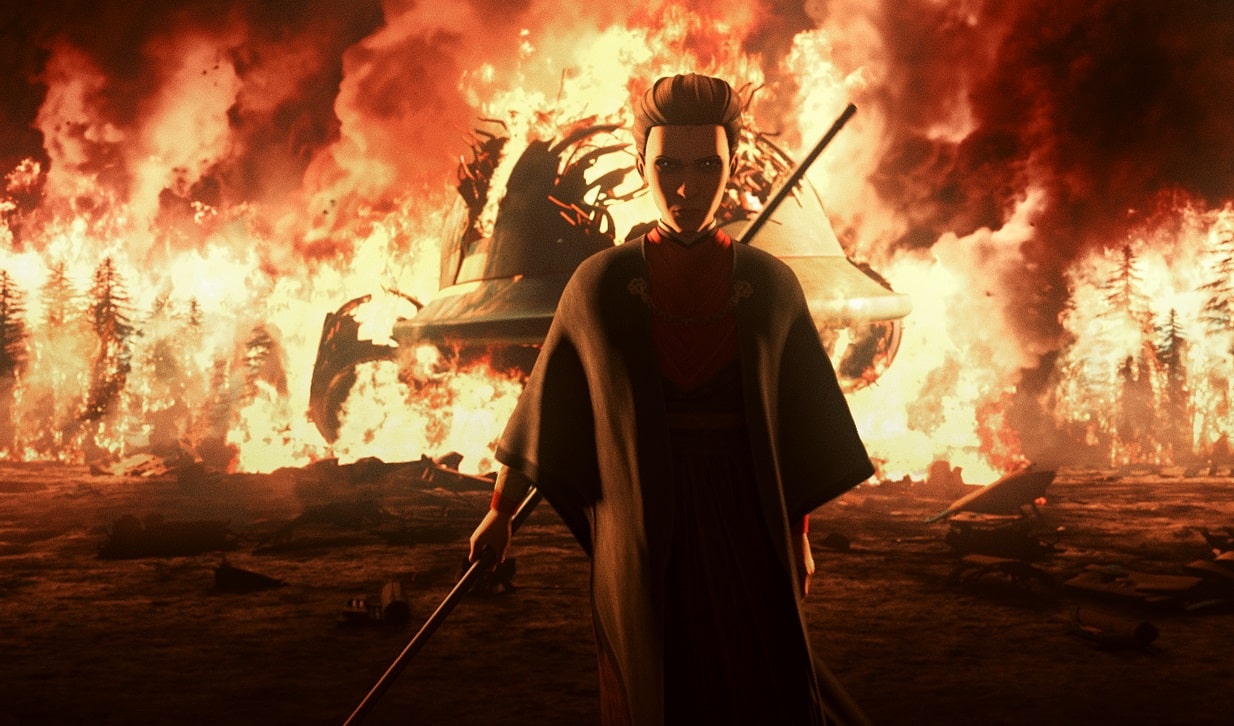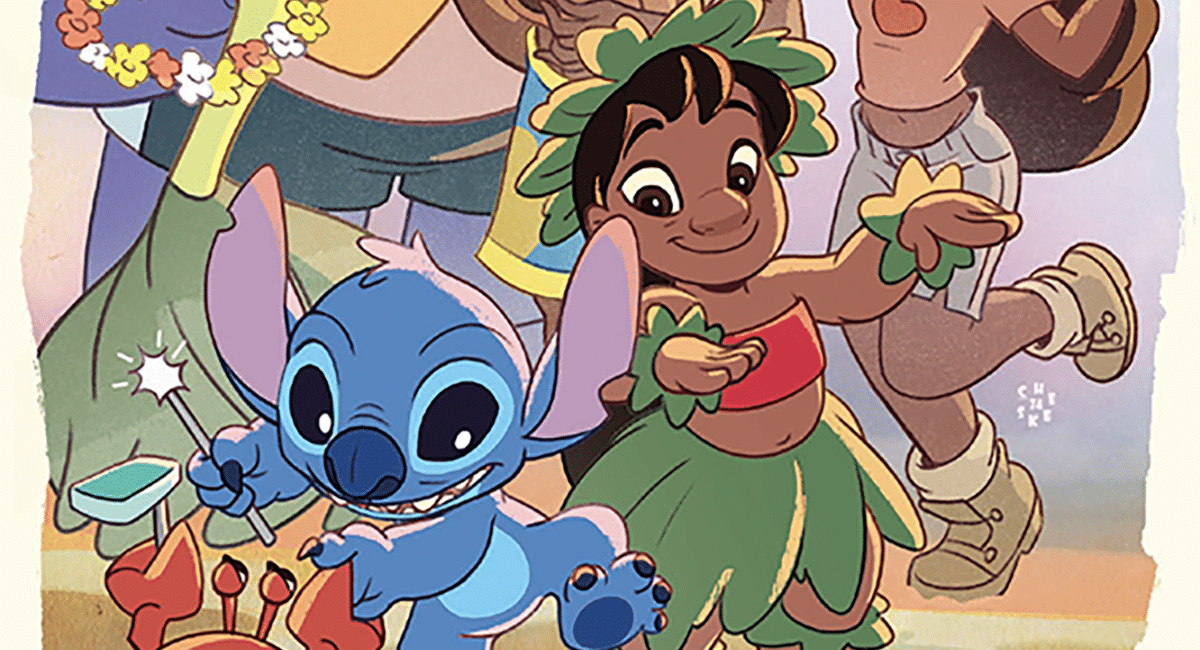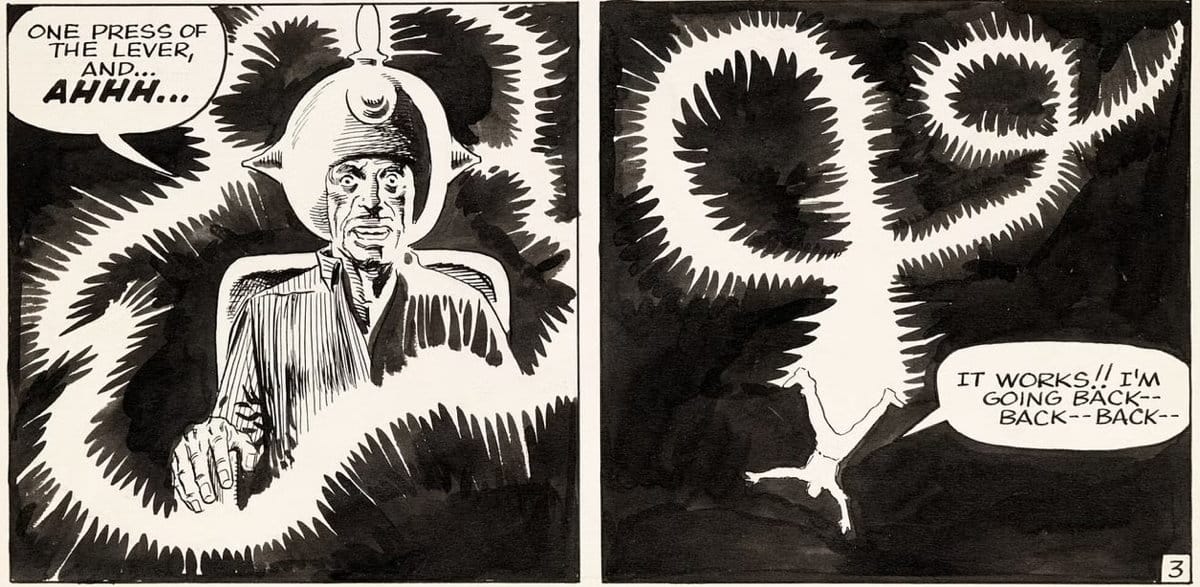
When someone thinks of the name “Disney,” many things can come to mind; Some may think of their theme parks. Some their animated films. Some may look back on fond childhood memories. And others might think of a cartoon mouse that wears pants, gloves, and shoes. But when I hear “Disney,” my first thought is that of “quality.”
Disney has been pushing the boundaries of films, animation, and attraction technologies for many decades. But the one thing that ties them all together is the detail that goes into them. Take for example the movie The Little Mermaid. Before then, animated movies still hadn’t found a spot in the mainstream of feature films. After seeing that film, no one could deny that it was something great. The animals and characters alike were so well done, just as the sceneries.
Life drawing is the practice of using a model and drawing/sketching it out. Disney has done the practice consistently for many years. They’ve been known to have models come to the studio so they can sketch them and see how they move. Even a baby elephant or two has made it to their studios for study. And what of 3D movies? John Lasseter of Pixar and Disney Animation used a small camera to understand how things looked from a small perspective in his second Pixar feature A Bug’s Life. With this, he was able to have artists do preliminary drawings to later get the three dimensional effects to look realistic.
The current masters of Disney teachers pass on the importance of the practice to the next generation of Disney designers and animators. The four that showed for the panel today held at beautiful WonderCon Anaheim were Bob Kato, Karl Gnass, Mark McDonnell, and Dan Cooper, moderated by Fast Company’s Susan Karlin. Each of these artists have been doing what they do for a number of years, and have a number of books published on the practice of life drawing.
After a brief hiccup where an audience member (who in my personal opinion was celebrating 4/20 in hard fashion) kept interrupting to say how much he respected these men, Susan Karlin led the collective through their thoughts on the subject of life drawing. Karl Gnass explained that, “Life drawing is based understanding. When a show is over, that is your resource to go back to.” Bob Kato added, “Drawing is a language. A show may need a certain style, and you need to be able to speak it.”
The panel then further went into that life drawing allows the artist to understand how someone can move, can bend, how it ultimately works. Art ultimately references real life in its core. “If you’re designing without a foundation, you’re designing a lie from a lie; Something from an abstract idea. And the further you get from the truth, the more it gets distorted. Like the telephone game.”
Whether you draw, design, or whatever, you have to put the time into understanding what you are doing and how you want to convey that. “There are no shortcuts,” says the panel almost in unison. “There needs to be skill, life in it. You have to have an understanding of the infrastructure.”
Ultimately what it comes down to is that no matter if you’re going to be a 2D artist or a 3D one, life drawing helps to teach one how to give their creation life and emotion. Having this particular skill in your artistic toolbox will keep your work real.
~Nicholas Eskey







Comments are closed.